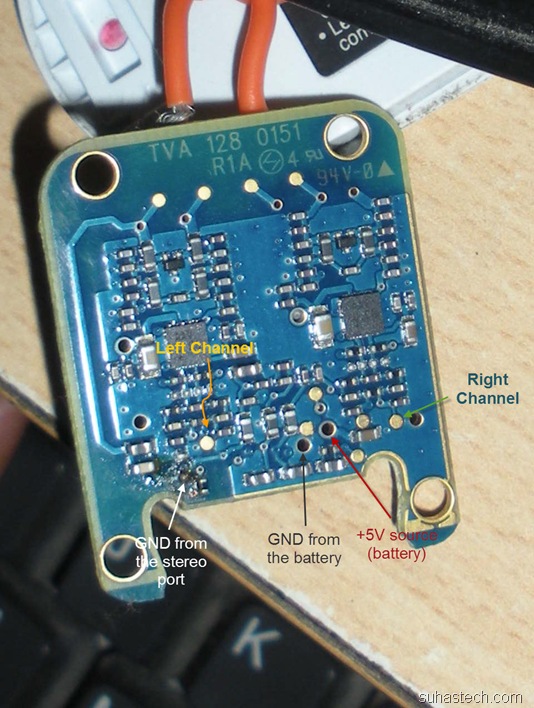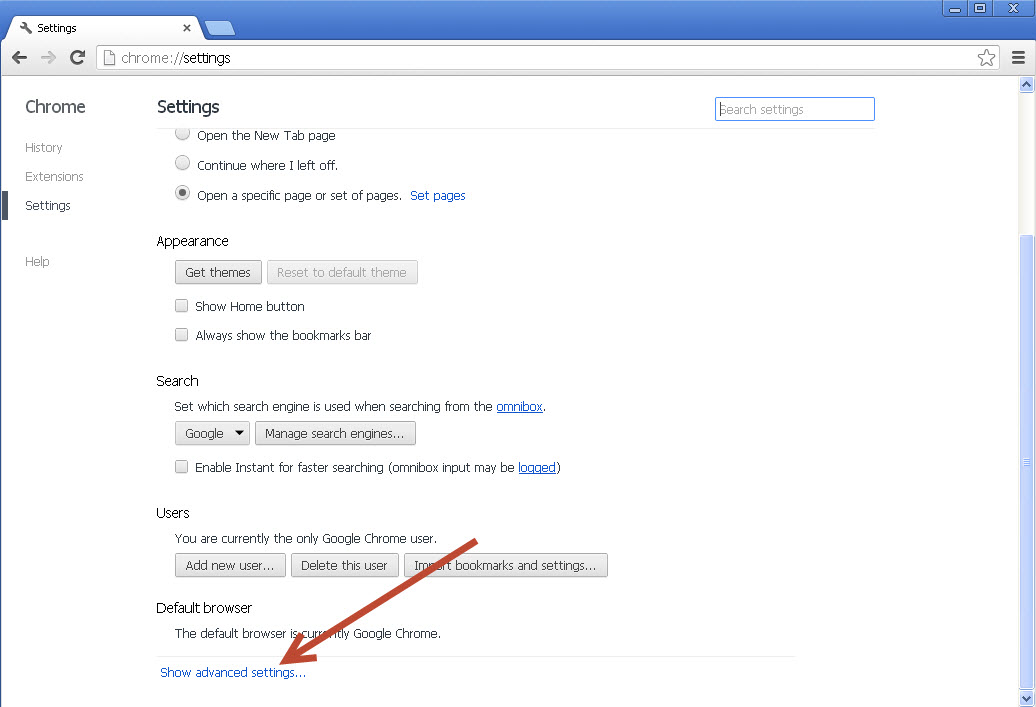As you can see there are lots of different ways and apps that help you view and kill processes in macOS. IStat Menus is a great way to monitor which processes are causing problems, so you can launch Activity Monitor and quit them. Quit All is a great solution to force quit processes and background apps. Finally, running maintenance scripts in CleanMyMac X regularly prevents problems occurring in the first place. Best of all, all these apps are available to try for free on Setapp, along with over 230 high-quality Mac and iPhone apps.
Sometimes I leave processes running which take up ports on my local machine (e.g., Redis server). I won't be able to use the port until it's freed up, but it's sometimes a chore to figure out how to kill the process by port. Kill the process running on a specific port on macOS We can use the kill command with the -9 option and the port PID number to kill a process on macOS. Use the command above, lsof -i to find the PID for the port you want to kill. Ports are used by applications to send and receive data from and to their servers. Every application uses a specific set of ports to communicate and these ports are either automatically or manually opened when the application is installed.
In this article, we will discuss the methods to terminate a process related to a port. Since all applications use a specific port, we can ask the operating system to terminate the process that is using a specific port. Sometimes, the other process is just an old instance of the same application or an application that you don't want to run.
In these cases, it is best to identify and kill them so that you can start your own application on that specific port. To do that you need to first identify the process. I just want to kill a specific tcp connection on my mac . By port or ip, preferably port but i'll settle. I don't want to pay for a service or download another software, I want the simple terminal command that will allow me to do this like tcpkill.
Note that -ORBInitialHost is also a required command-line argument. For this example, since both client and server on running on the development machine, we have set the host to localhost. When developing on more than one machine, you will replace this with the name of the host. For an example of how to run this program on two machines, see The Hello World Example on Two Machines.
This extension allows you to easily kill active network processes on a specific port. Something changed in the networking setup of macos and some apps cannot resolve localhost. I have been working with a node.js project for a few weeks and it has been working great. Usually, I use npm start to run my app and view it in a browser on localhost, port 3000. This realy helped me, I was trying to kill the process running on port 5000 but it was keeping restarting it self.
But after unchecking the AirPlay Reciever checkbox now it is working as expected. The above result shows 7279 is the PID of the process on port 3000. Now you can use kill command to kill the process.
For example, you need to kill process running on port 3000. The Linux operating system consider everything as file. So first of all, use lsof Linux command to identify the process id of running process on any port. The you can use kill command to kill that process using the PID. Applications that are communicating on a specific port can easily be terminated by instructing the computer to do so. This process, however, differs on operating systems and requires administrative privileges.
Also, make sure that there isn't any other application that is using the port. Another Mac force kill process solution is Activity Monitor. One of the following commands should give the process ID of the application or service running on port 8080. In the network, an IP address identifies each machine. Similarly, The network port identifies the application or process running on a machine.
When an application wants to use a port, the OS binds one. However, when multiple applications want to use the same port, there is a port clash. In my circumstance I had just started using VS Code and had followed a tutorial using Sequelize. In the end I had a bin/ that had the listen() in there. I didn't know about this and I was running my app by running node app.js, when it didn't work I then added in the express server stuff with .listen() . Or any specific port you deem appropriate.
This avoids the need to go on a scavenger hunt for the processes. Also when you initiate the server on another port, it will normally kill the first server you had open. To quit an active app, it's enough to press Command + Q. Or, if you want to force quit the app, hold down Command + Option + Shift and then press Esc.
However, some apps — including Adobe — may not be responding to these commands. In this case, try force quitting with Quit All, Activity Monitor, or Terminal. If those don't work as well, you might need to reset Adobe's Preferences. All the selected files will be trashed, effectively resetting the application to its default state. When you launch it the next time, it will behave as if it has just been installed — so you'll need to recreate any custom settings or preferences.
In this case, you have to force quit application Mac is hampered by. Browse other questions tagged macos process port kill or ask your own question. This way, The application starts on a different port. Port 8080 was already in use" error is avoided. Most of the application frameworks provide options to change the ports they listen to. For instance, you can change the application port of a spring boot application in the following ways.
In our case, port 8080 was already being used by another application and hence the web server failed to start. Usually, you would get this error in the case of port 8080, 8081, 9090 etc. So in general, If you get a "port 8080 was already in use" error, then it is certain that another application is already using that port.
Interesting ports are shown at the top of the task-kill table and are killed automatically using the "Kill all active network tasks" command. You can simply copy the code above and edit the ports to your needs. Show and kill specific active network processes manually (Ctrl + Shift + Del, on mac Cmd + Shift + Del). It happens, when you have opened terminal for long time, yeah you have right, you have stop the process.
But sometimes it didn't stop in the background. So best solution is that you close the terminal and start it again. Sometimes you've got a development server running on a localhost port in the background that you can't seem to stop. Ss -tnlp and netstat -tnlp shows pid of processes, their names and their open/listening ports. There are tons of tutorials @google about these two commands. Top on the other hand does not show open ports.
Depending on the OS it can have some shortcuts to kill. This will list the process running on a specific port, note the "PID" for the program. The easiest way to view all active processes running on your Mac is to launch Activity Monitor from your Applications folder. In the default CPU tab, you can see how much processing power every process takes, ranked by the most consuming. And if you switch to the Memory tab, you will see the same list ranked by the amount of used up RAM.
In side your application there is a folder called tmp, inside that there is an another folder called pids. That file contains the server pid file. The commandnetstat -vanp tcp | grep 53will give information on the processes that are listening on port 53.
The 9th column gives you the process ID . When running this example, remember that, when using Solaris software, you must become root to start a process on a port under 1024. For this reason, we recommend that you use a port number greater than or equal to 1024. The -ORBInitialPort option is used to override the default port number in this example.
The following instructions assume you can use port 1050 for the Java IDL Object Request Broker Daemon, orbd. You can substitute a different port if necessary. When running these examples on a Windows machine, subtitute a backslash (\) in path names. The only thing that changed for me was installing windows updates and updating source-map-explorer.
As this also occurs in other apps its either something with Web Storm or windows. My guess is the ports may be locked down but the ones in the 88XX range are not. I got this problem using Git Bash on Windows.
After terminating it with Ctrl+C shortly and trying to start the server again using npm start or node app.js then I get this error message. For windows, The Task Manager would definitely show a node process running. Try to kill the process, it will solve the problem.
Here's a list of MIME Types for Office 2007 files . Useful for file type checking in web applications and the like. Sooner or later you're going to need kill some process to free some port. It's a good idea to glance some docs/manuals to have some vague memories about what each of these commands can do. Do an experiment - but before you do save your files.
This is a quick-reference guide showing common examples, not a comprehensive list of ports. Software for java programming on mac pro. This guide is updated periodically with information available at the time of publication. When Terminal has launched, type "top" into the Terminal window. You'll see a list of currently running processes.
At the top of the list is an overview of the processes that are running and the resources they're consuming. To do that, click on the process first and then on the X in the Activity Monitor toolbar. The process will quit and free up the resources it was taking up. If it's a critical process, it will restart. If it's an application, it will remain shut down.
We can use the kill command with the -9 option and the port PID number to kill a process on macOS. Browse other questions tagged node.js macos process or ask your own question. This gives you a list of the processes and which files and ports they use. I do Java mostly, haven't exposed myself to Node yet.
I found a different way of killing service running on port. So we learned ports work and how to solve "Port 8080 was already in use" errors on application startup. If you liked this article, then you might like to read about the following titles. This is most likely due to bad configuration from your end, running the application multiple times or not using a proper startup and shutdown scripts. In this post, We will try to understand the Web server failed to start Port 8080 was already in use error and how to fix it.
Browse other questions tagged mac-osx java port netstat kill or ask your own question. This happens to me sometimes, EADDR in use. Typically there is a terminal window hiding out in the background that is still running the app. You can stop process with ctrl+C in the terminal window. Sometimes it happens, as @sova proposed This happens to me sometimes, EADDR in use. I have tried running netstat and TCPView to check what process is using the port, but there is nothing using that port.
I also tried restarting my laptop but I still get the same error. Definitely worth filling feedback about.. This is going to break a lot of Flask apps that listen on 5000 by default.
Not sure why apple chose such a popular port. Be careful when killing a background process with Activity Monitor and, if not sure, leave it alone or search online for its exact role in your system. Otherwise, you might risk causing problems for your macOS. Generally, background processes don't tend to consume significant RAM or CPU cycles, so if you spot one that does, it has probably got into trouble.


























No comments:
Post a Comment
Note: Only a member of this blog may post a comment.